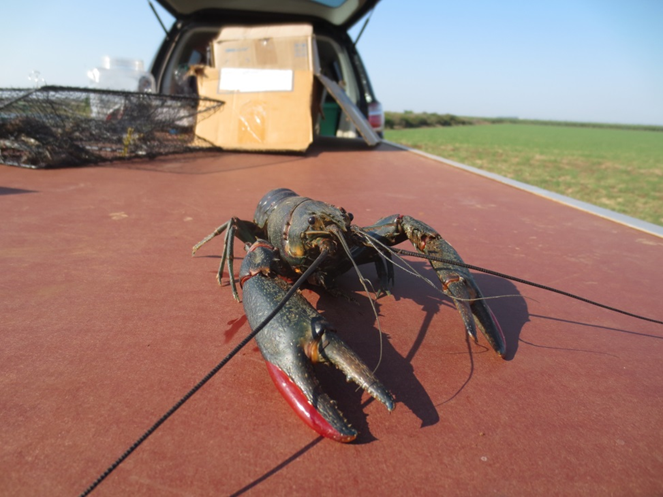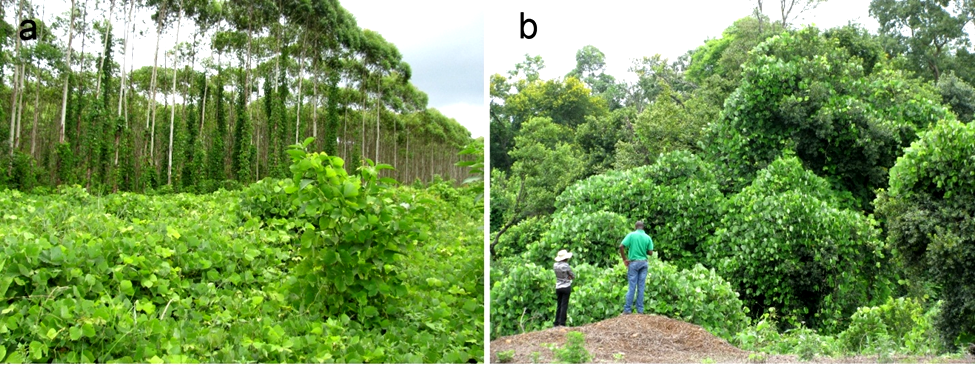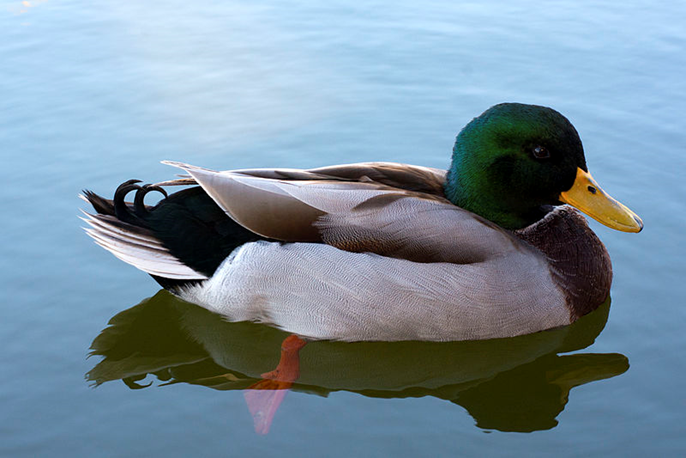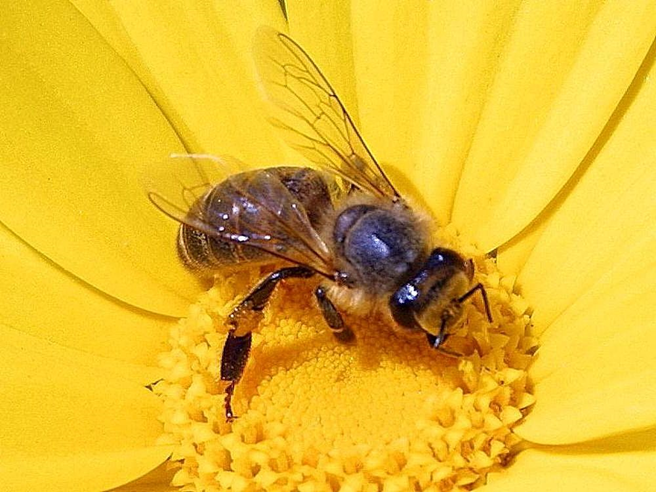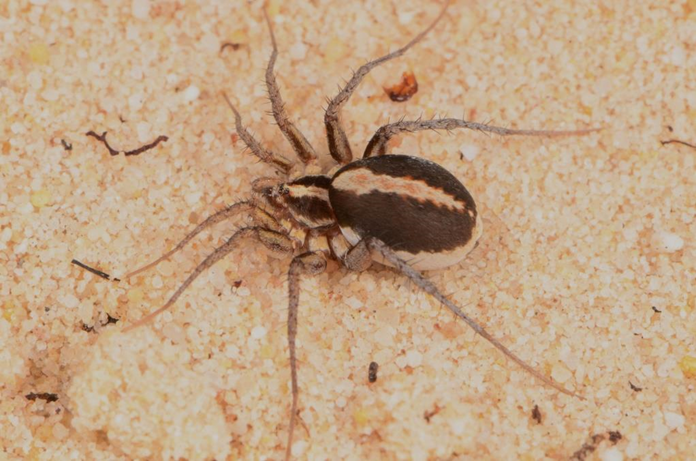C·I·B study alerts for the risk of freshwater crayfish invading Okavango Delta
A recent study, led by C·I·B Post-doc Ana Nunes, highlights the danger of an invasive freshwater crayfish reaching the Okavango Delta and the potential devastating consequences for the ecology of this UNESCO World Heritage Site.

